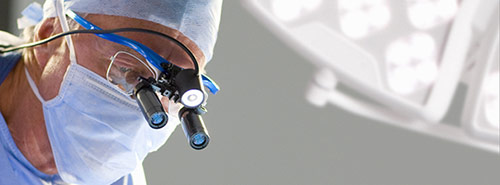
Brachial Plexus Reconstructive Surgery
Recovery Progression
Next Steps
The treatment of brachial plexus birth injuries is really still in its infancy. Medical science is still trying to work out the optimum management of this condition. In our center, we believe that Babies with Total Plexus Palsy showing no recovery by 3 months, ought to have their brachial plexus surgically explored with nerve grafts and transfers. Children with Erb’s palsy without biceps recovery by 6 months should have surgical exploration and nerve grafting performed. If by 1 year a severe internal rotation contracture persists, a spinal accessory nerve transfer to the suprascapular nerve is considered to restore muscle balance to the shoulder.
Although roughly 85% of the patients regain “full” neurologic recovery by three or more years, the delay in normal function and the presence of any muscle imbalance across any joint has significant impact on the growing skeleton. A child may be left with permanent musculoskeletal abnormalities. Dr. Price believes that every effort must be made to maintain full motion of all joints, primarily through a supervised therapy program and when necessary assisted with surgical intervention.
Timing is important. It is important to understand that there are windows of opportunity for all treatment interventions to positively impact on the final result. Therefore, these patients ought to be followed at regular intervals to monitor for neurologic based muscle recovery on the upside and development of joint contractures on the downside. With knowledge, one can avoid pitfalls and optimize a patient’s outcome within the range of possibility.
Outward Rotation
The Teres Major is a small muscle that hugs the lateral (outer) edge of the scapula. Running from the bottom point of the scapula it travels to the front of the humerus to attach. That is an orientation that inwardly rotates and depresses the arm. That action is the same as the power stroke in butterfly swimming.
The lats are far bigger than the teres major and thus nobody but orthopedists notice them.
The Latissimus Dorsi – or Lats – have the exact orientation as the teres major but take origin from the ribs and trunk posteriorly. The teres major and lats are so closely parallel that the insertions on the humerus intermingle a bit and can be detached as a single unit. That dual insertion can be swung from the front of the humerus to the back. That creates an outward rotation action from what was an inward rotation action.